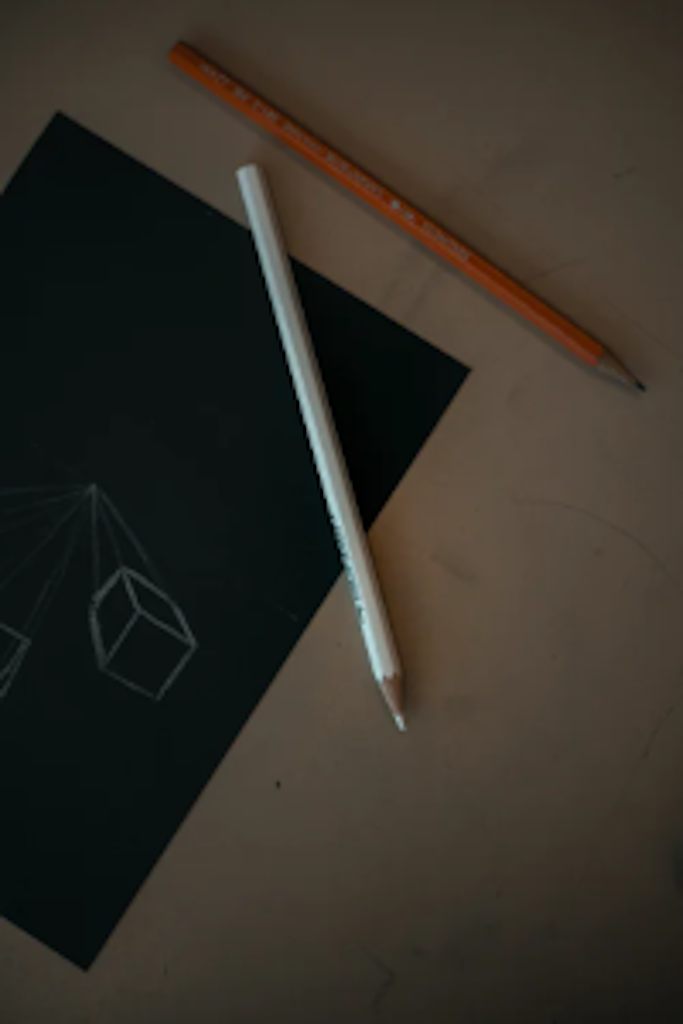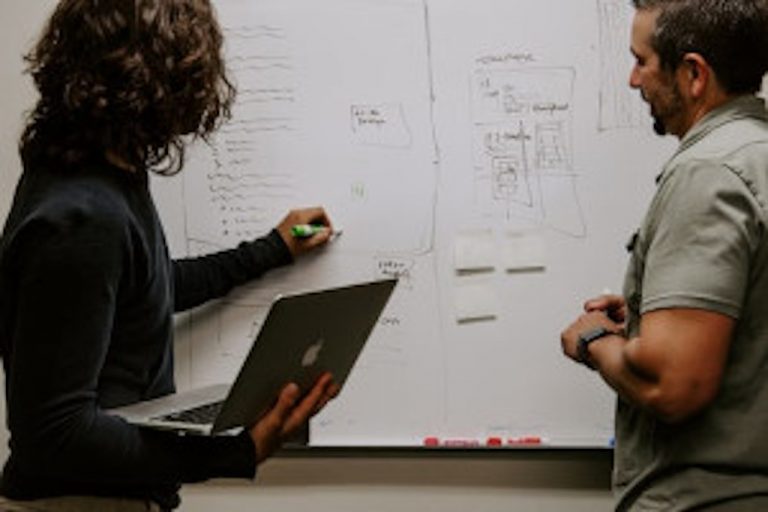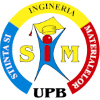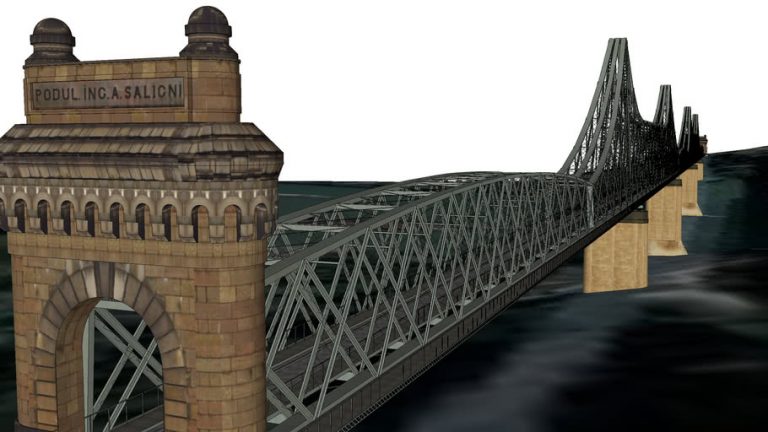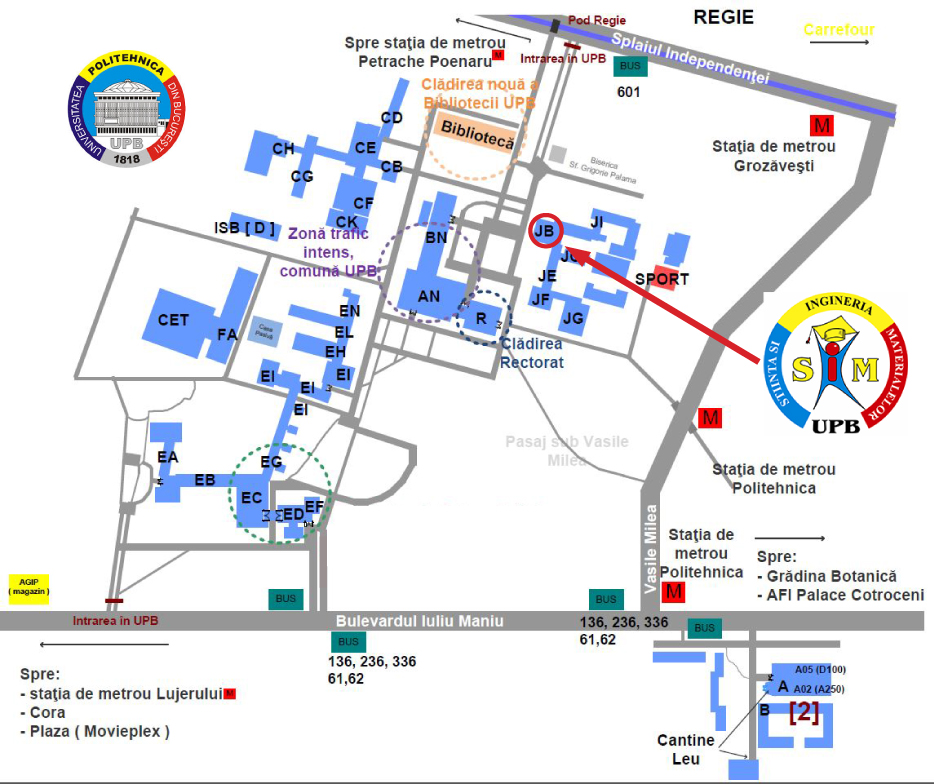Specializations 2022
LICENSE studies - 4 years
- Materials Engineering
- Economical Engineering
- Environmental Engineering
- Medical Engineering
MASTER'S DEGREE Studies - 2 years
- Synthesis and processing of metallic materials
- Advanced techniques for processing metallic materials
- Materials science and expertise metalice
- Environmental protection in the metallic materials industry
- Metallic Materials Production Engineering and Management
- Metallic biomaterials
- Science and management of metallic materials
DOCTORAL studies - 3 years
- Doctoral programs are conducted frequently.
- The financing of the doctoral programs is made from IOSUD - UPB's own resources or with the payment of tuition fees, according to the legal regulations in force.
- Doctoral research programs can be conducted in Romanian or in a language of international circulation (English, French, German, etc.), with the favorable opinion of the mentor.
